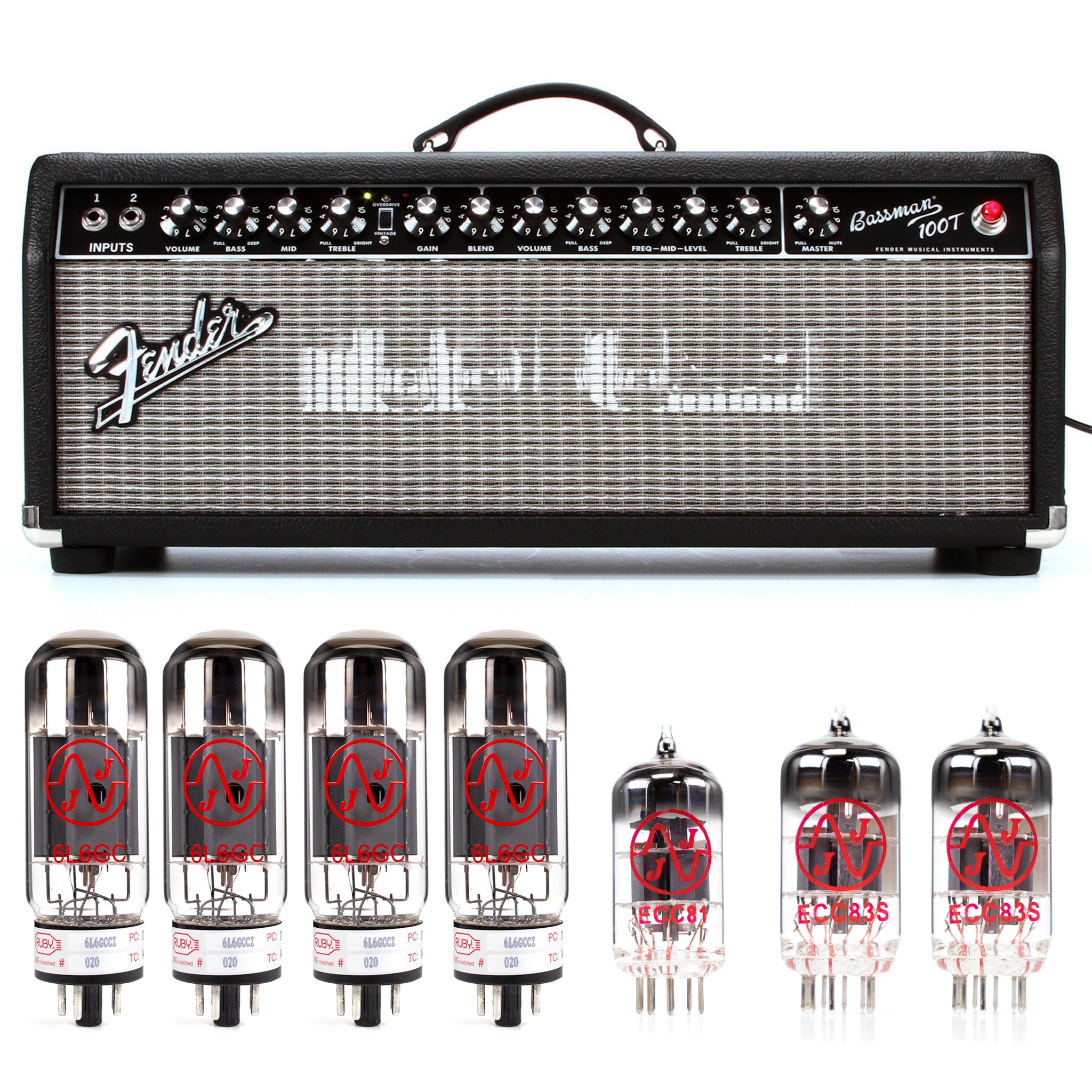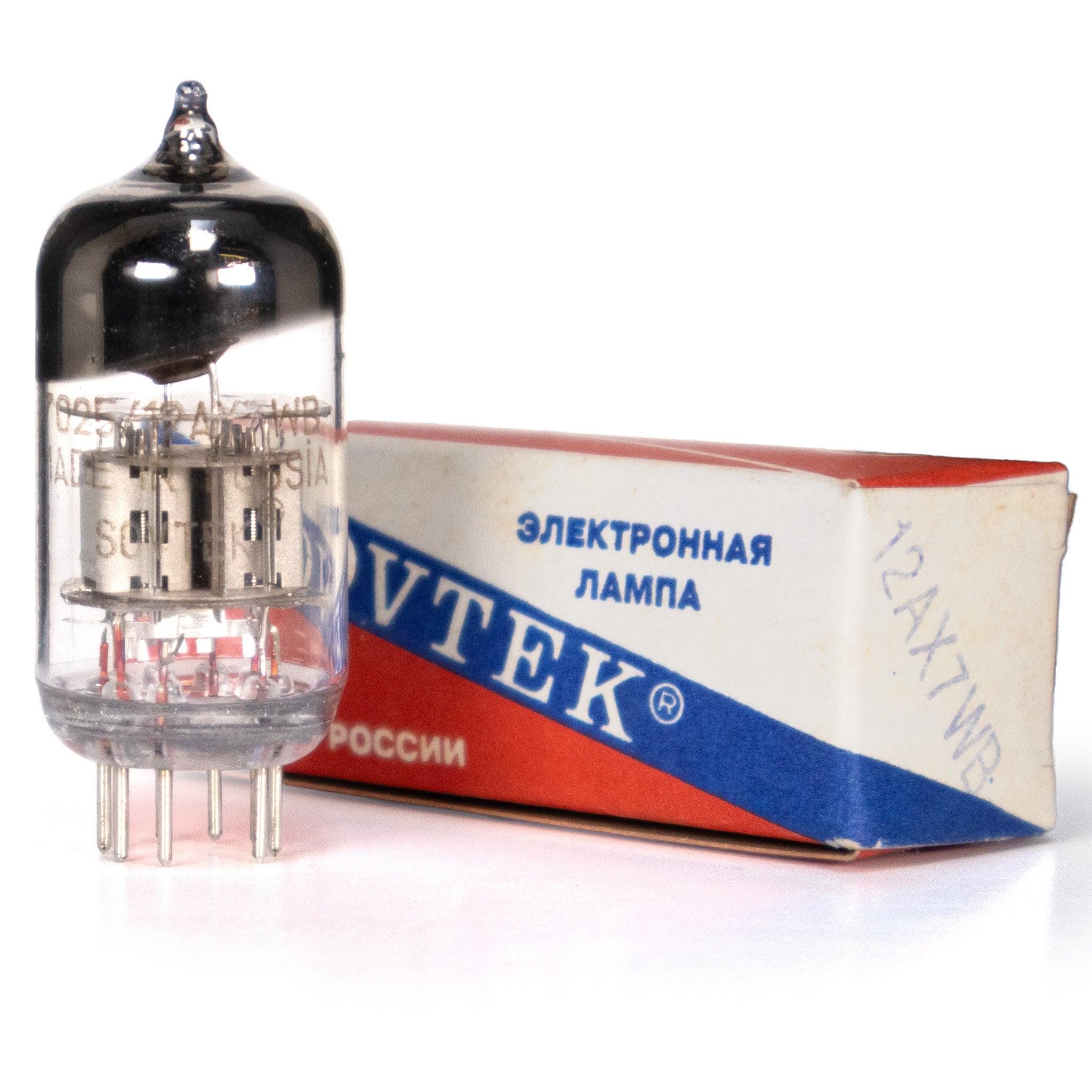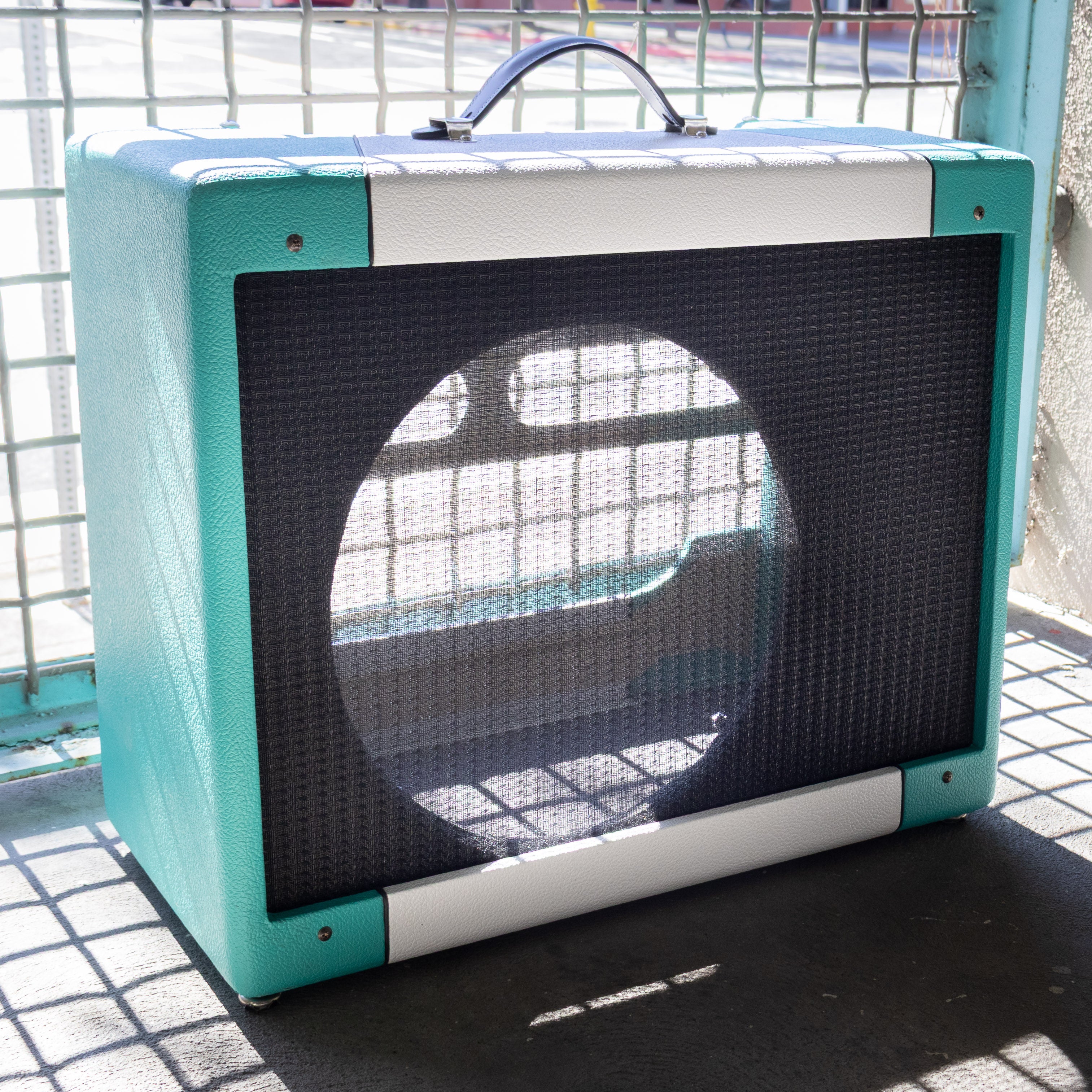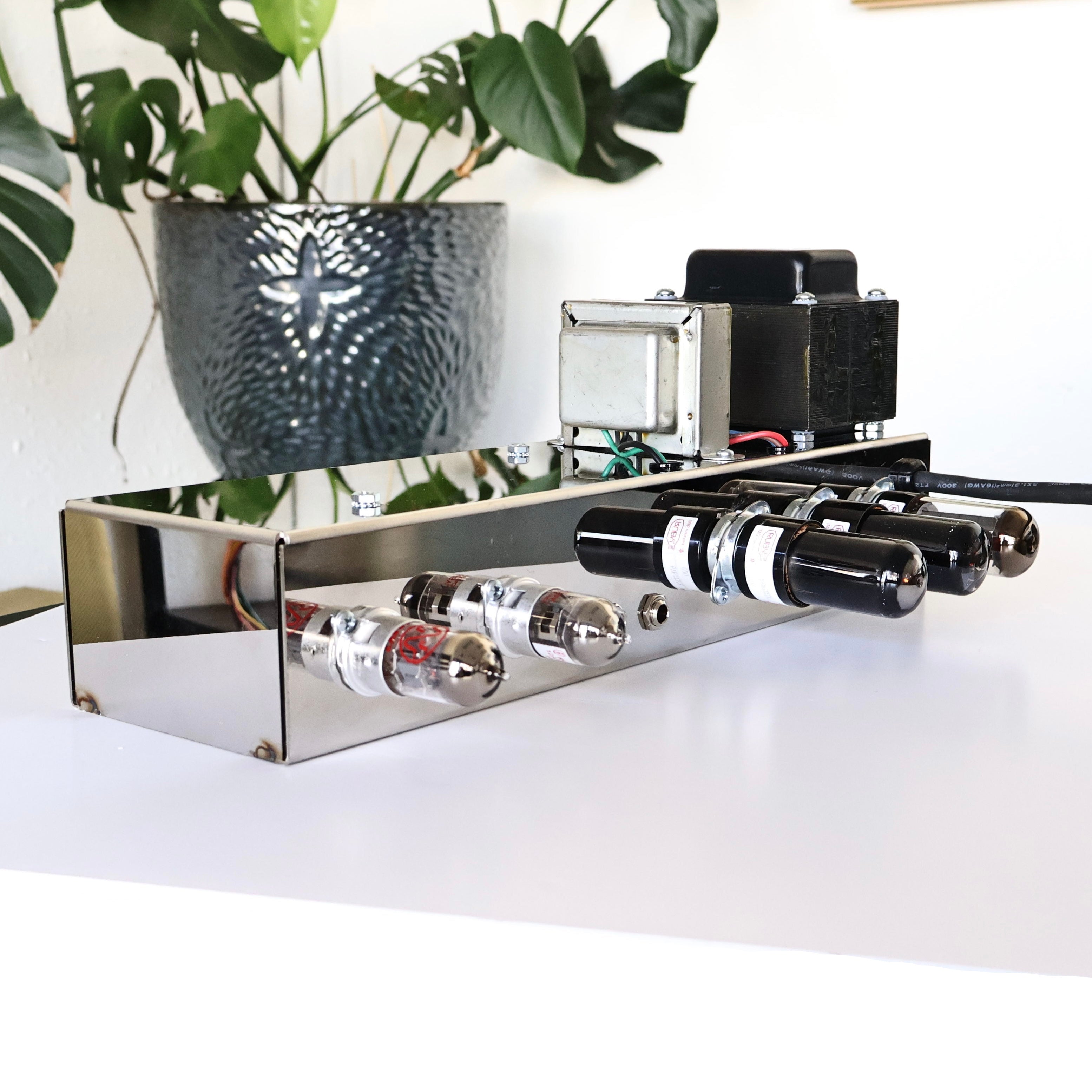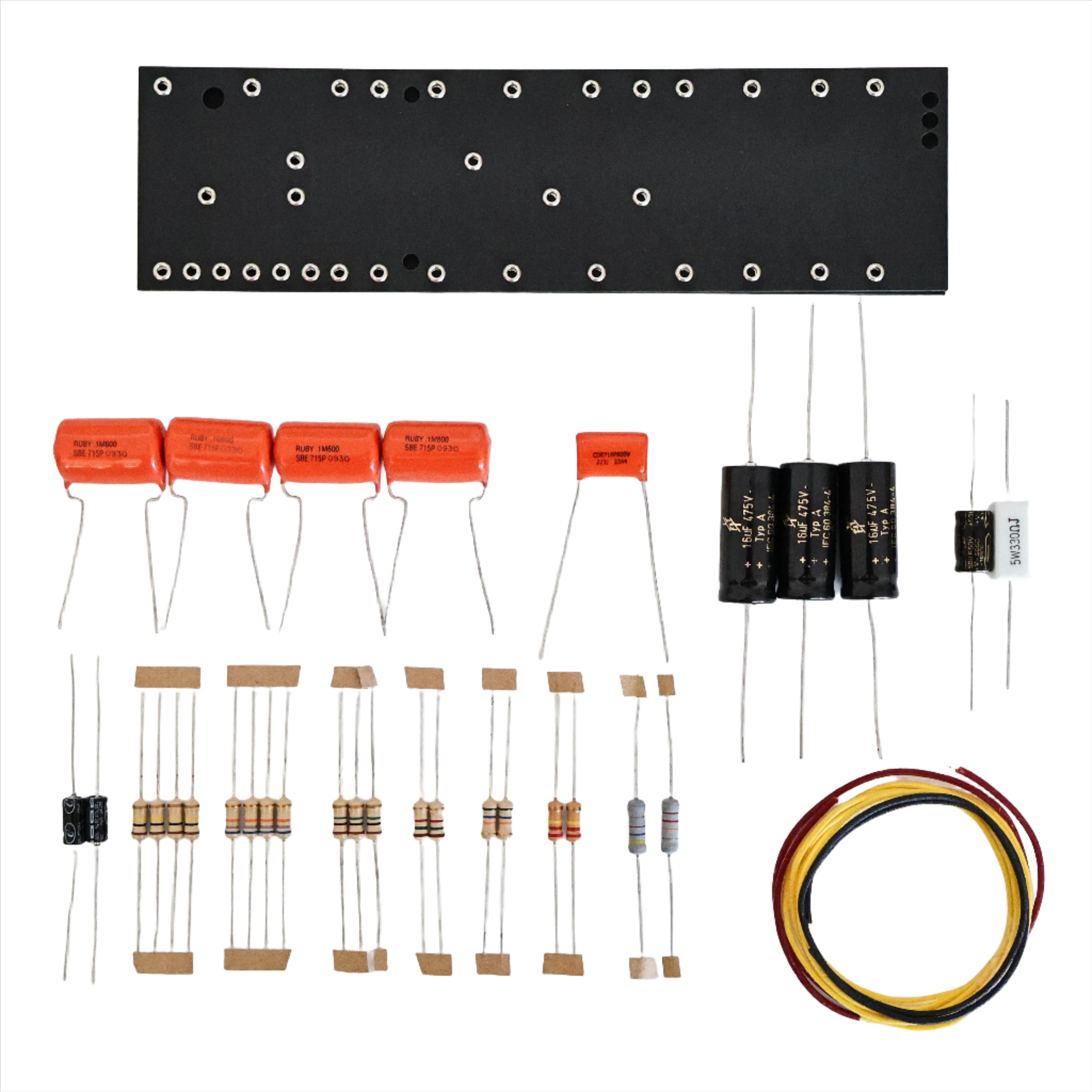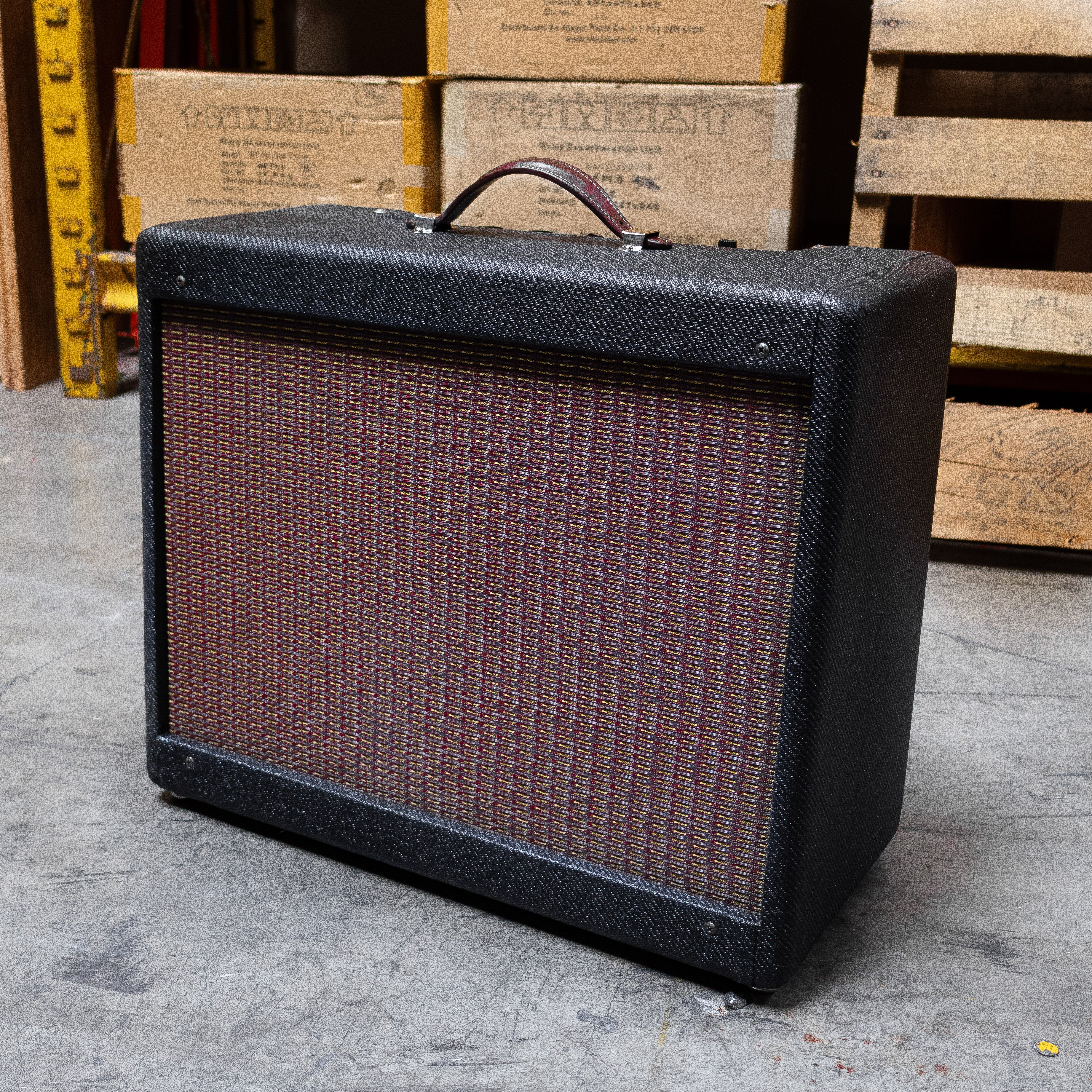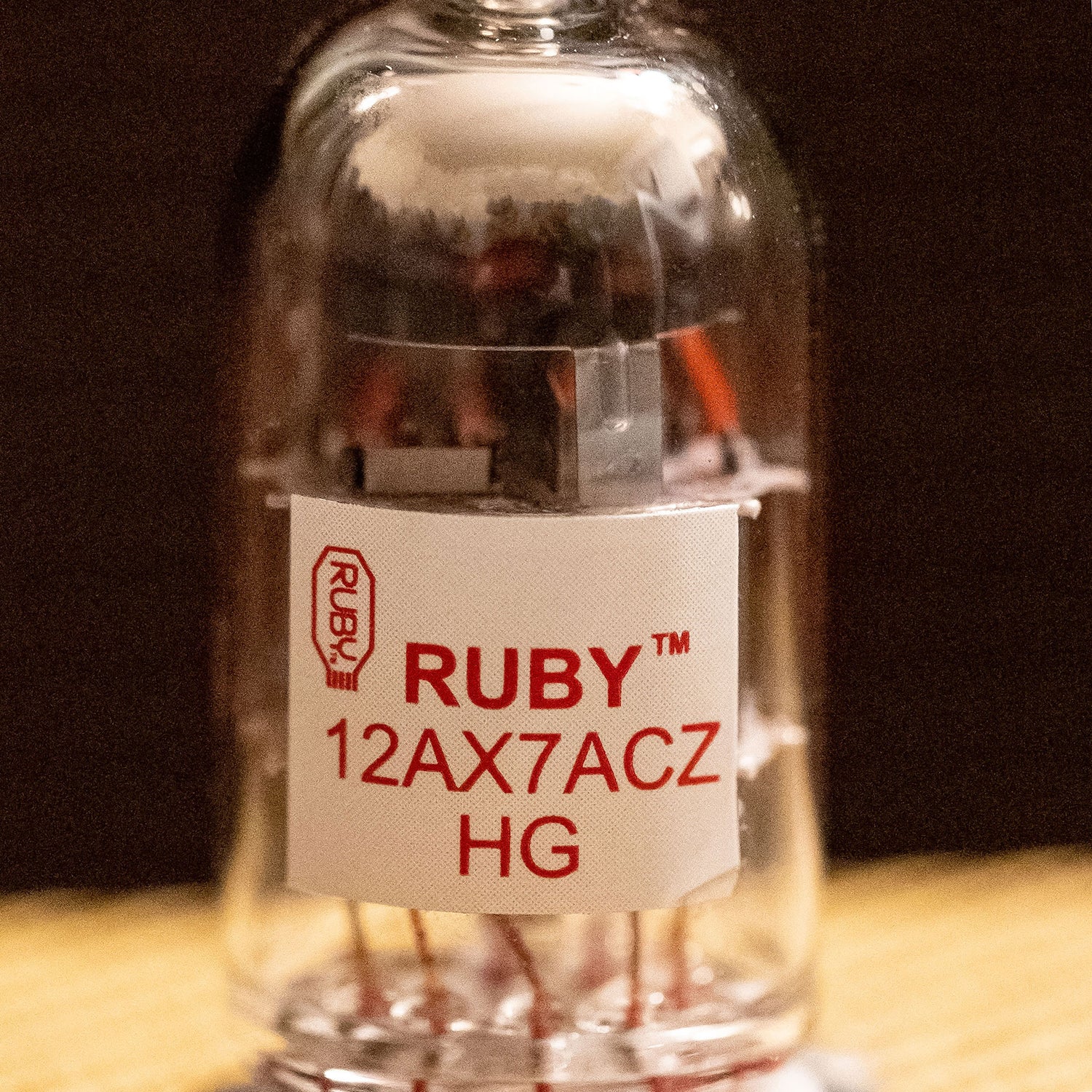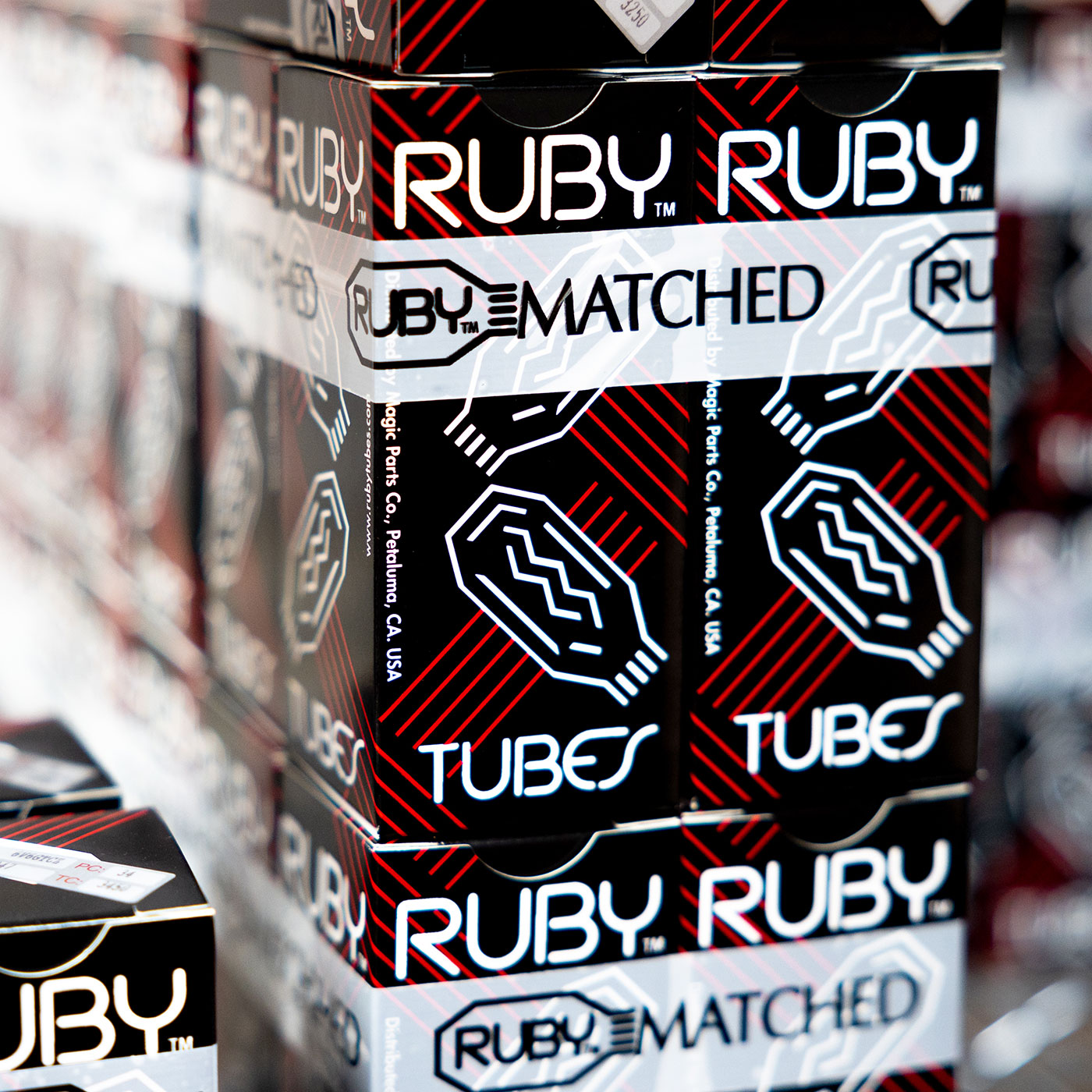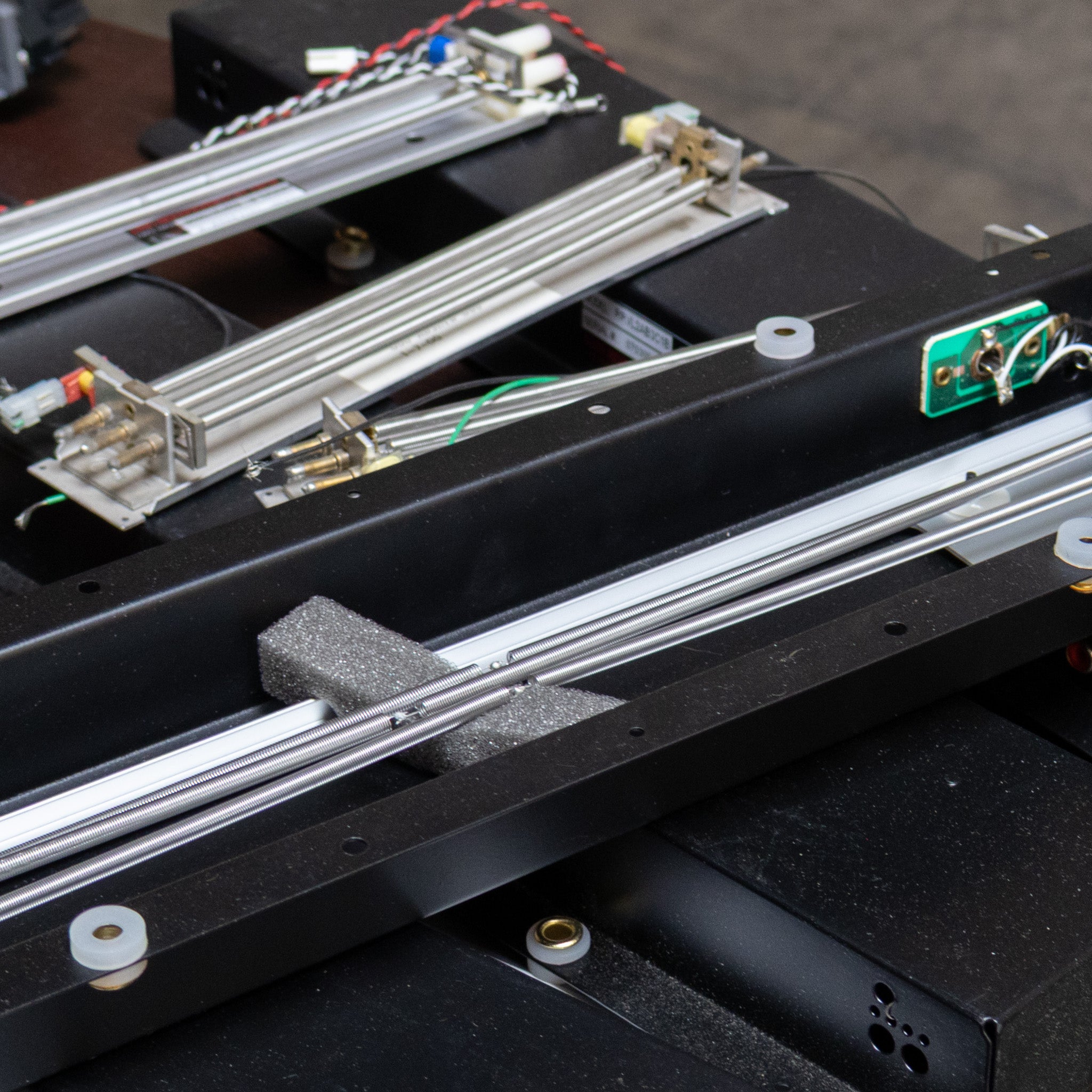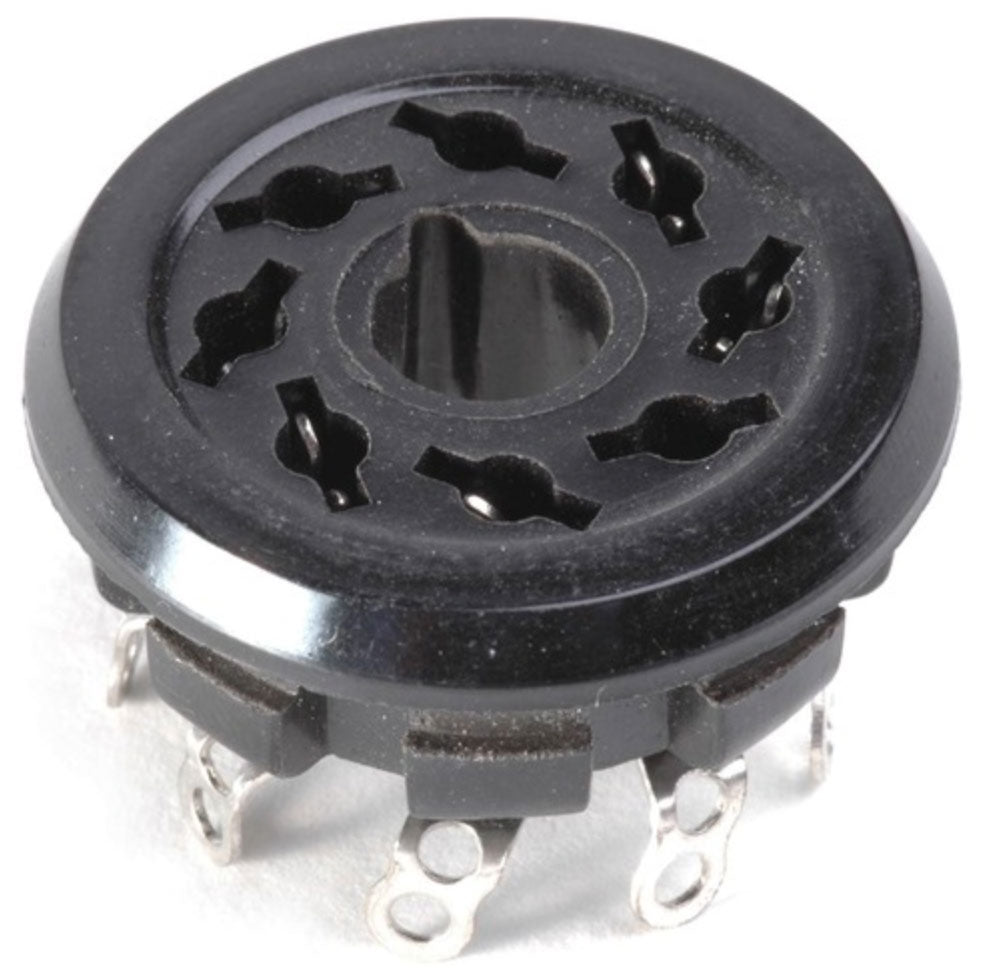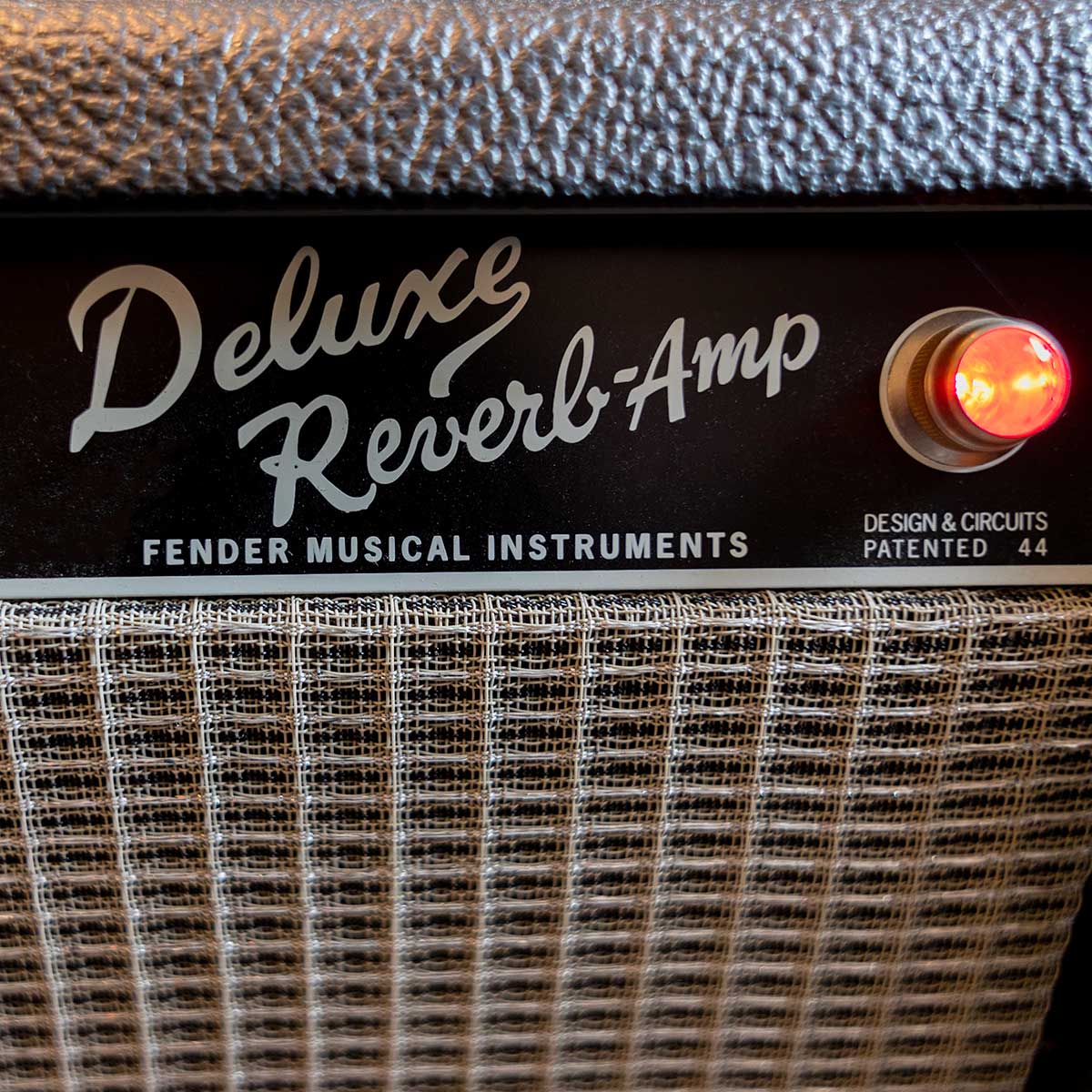Compression is the process of reducing the dynamic range of an audio signal, which means reducing the difference between the loudest and softest parts of the signal. This process can be achieved artificially using compressors or limiters, but vacuum tubes provide a more natural form of compression.
The reason for this has to do with the way vacuum tubes handle overload. When a vacuum tube is overloaded, it begins to distort the signal in a way that is more pleasing to the ear than the harsh clipping that occurs in solid-state amplifiers. This distortion is known as harmonic distortion, and it adds warmth and character to the sound.
Solid-state amplifiers, on the other hand, do not handle overload as gracefully. When a solid-state amplifier is overloaded, it clips the signal abruptly, which can result in a harsh, unpleasant sound. This is why many guitarists prefer to use vacuum tube amplifiers for their distorted tones.
Another factor that contributes to the natural compression of vacuum tubes is their inherent non-linearity. Unlike solid-state amplifiers, which have a very linear response, vacuum tubes have a more rounded response curve. This means that as the input signal increases, the output signal will increase at a decreasing rate. This natural compression can add depth and dimension to the sound, making it more pleasing to the ear.
It's worth noting that not all vacuum tubes are created equal. Different types of tubes will produce different levels and types of distortion, and the quality of the tube itself can have a big impact on the sound. Additionally, the circuit design of the amplifier can also have a big impact on the sound.
In conclusion, vacuum tubes provide a natural form of compression that solid-state amplifiers simply cannot match. Their ability to handle overload gracefully and their inherent non-linearity make them a popular choice among musicians and audiophiles alike. While they may require more maintenance and be more expensive than solid-state amplifiers, the natural warmth and character they provide are well worth it for many people.

